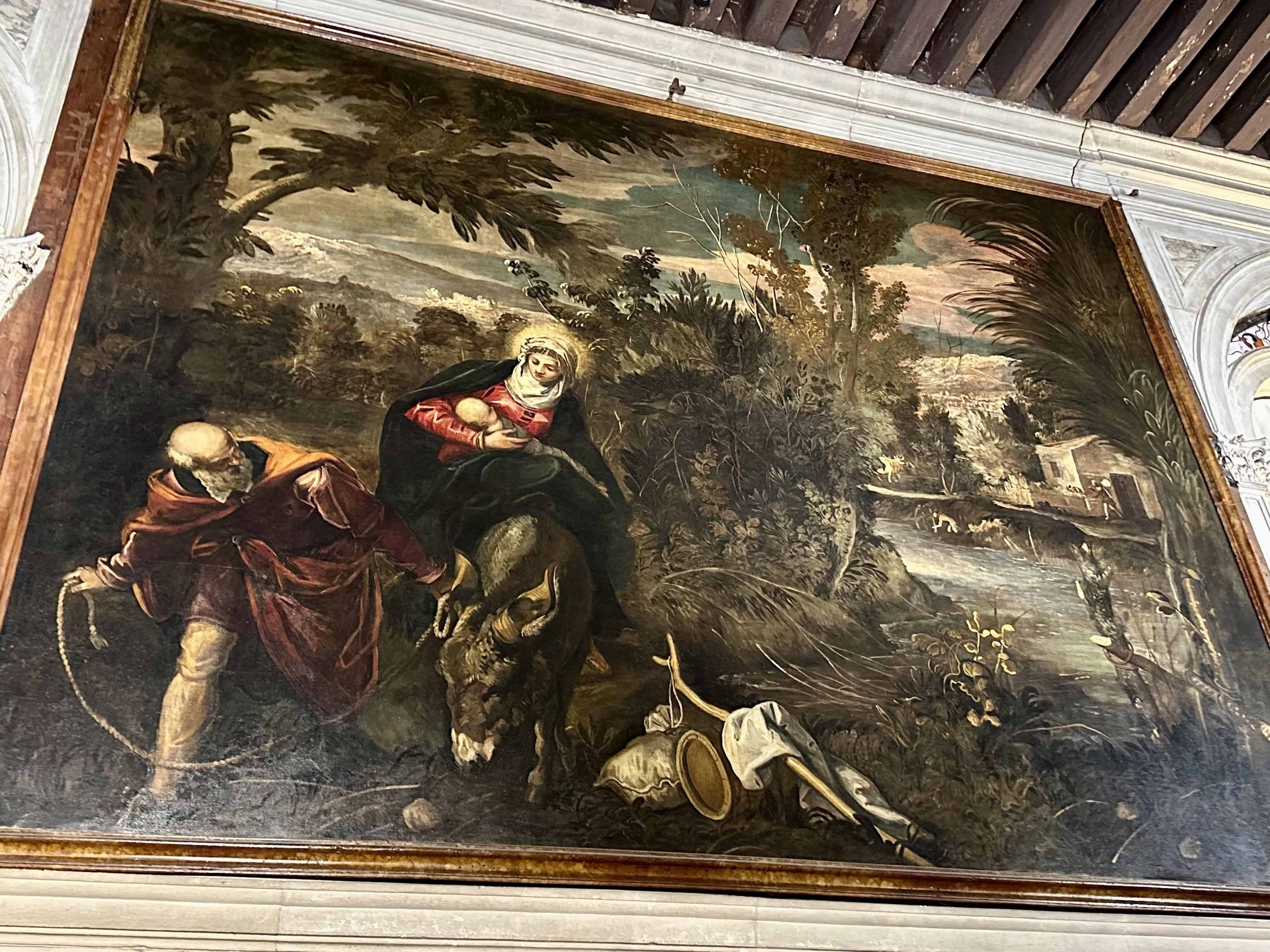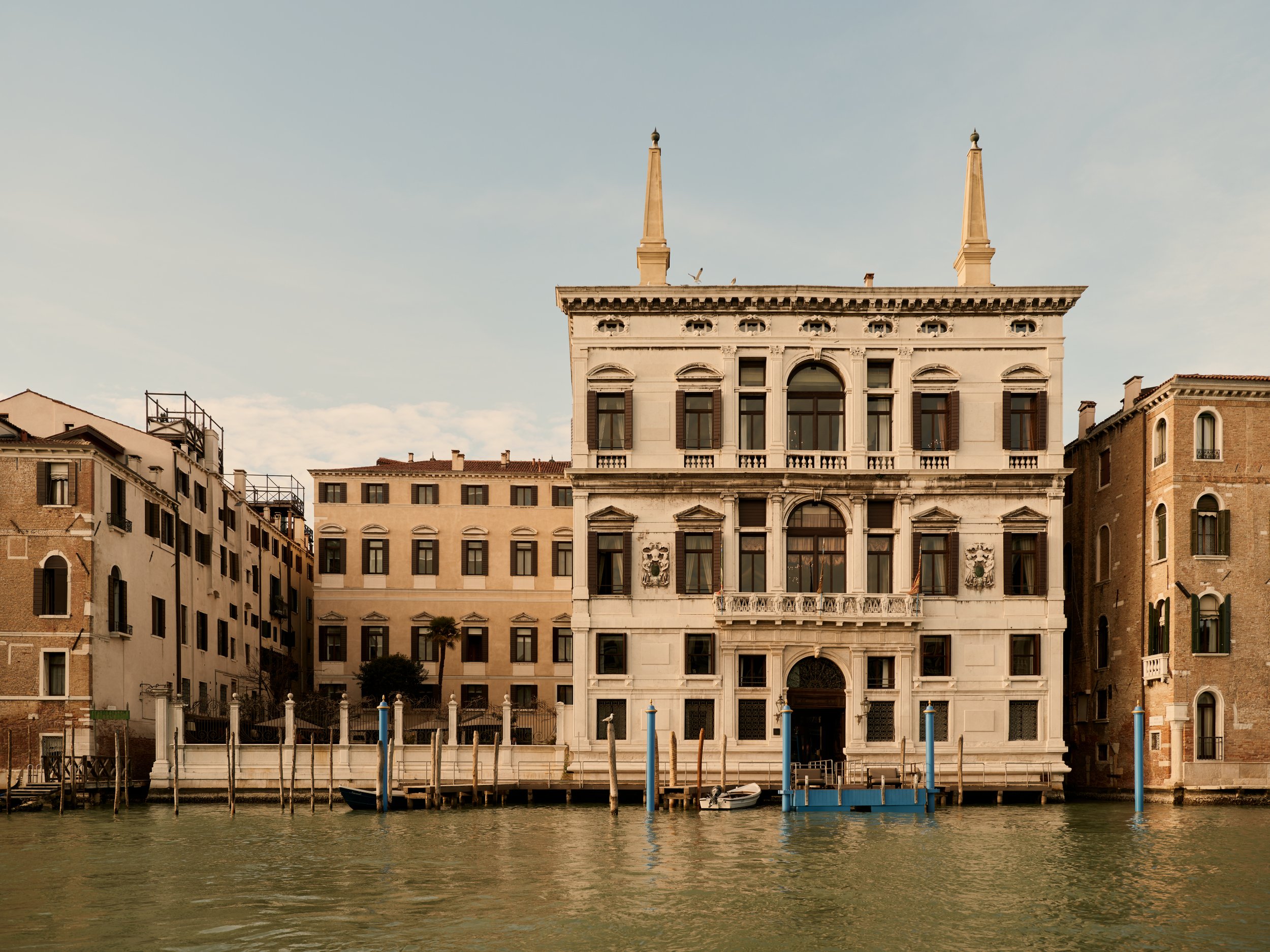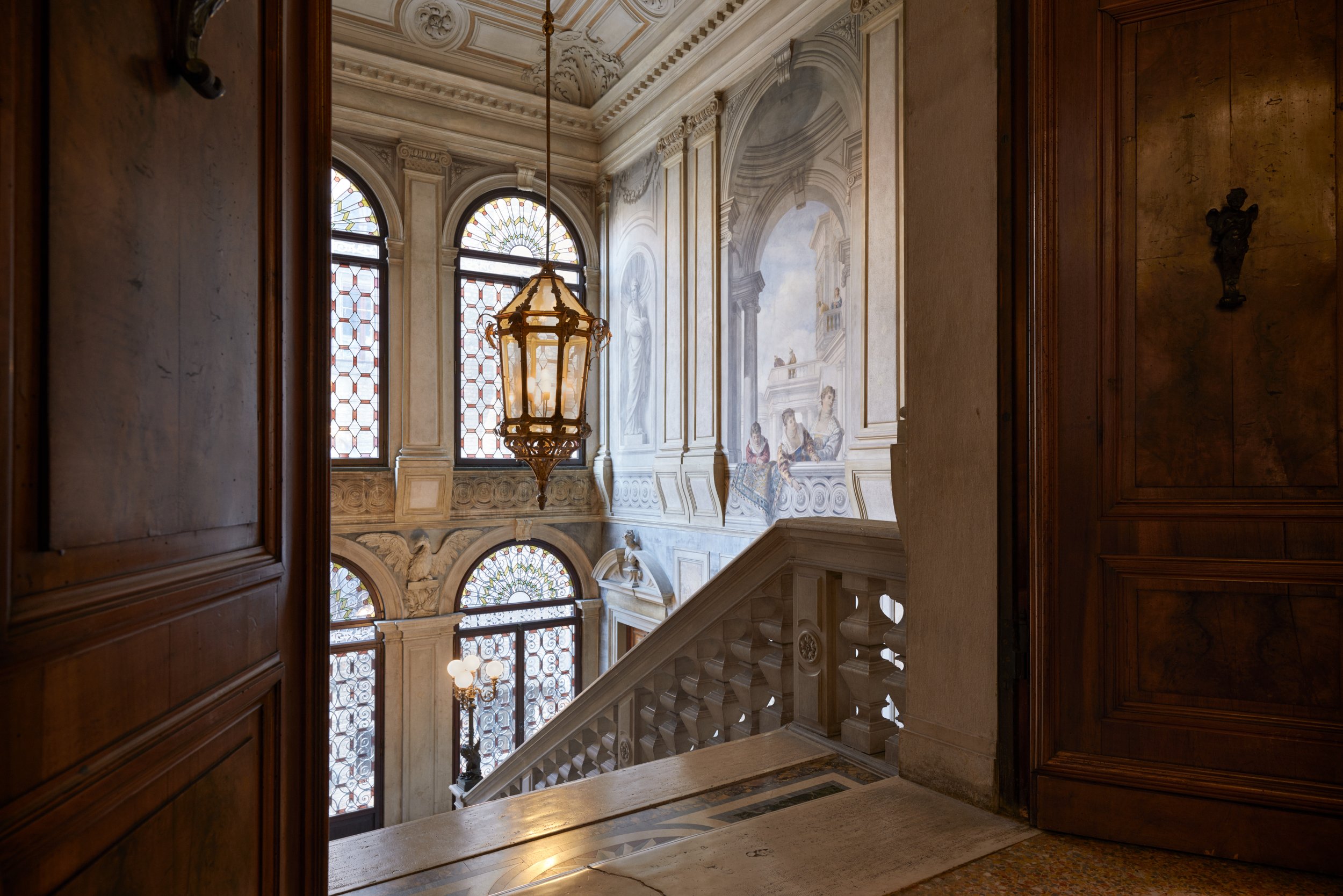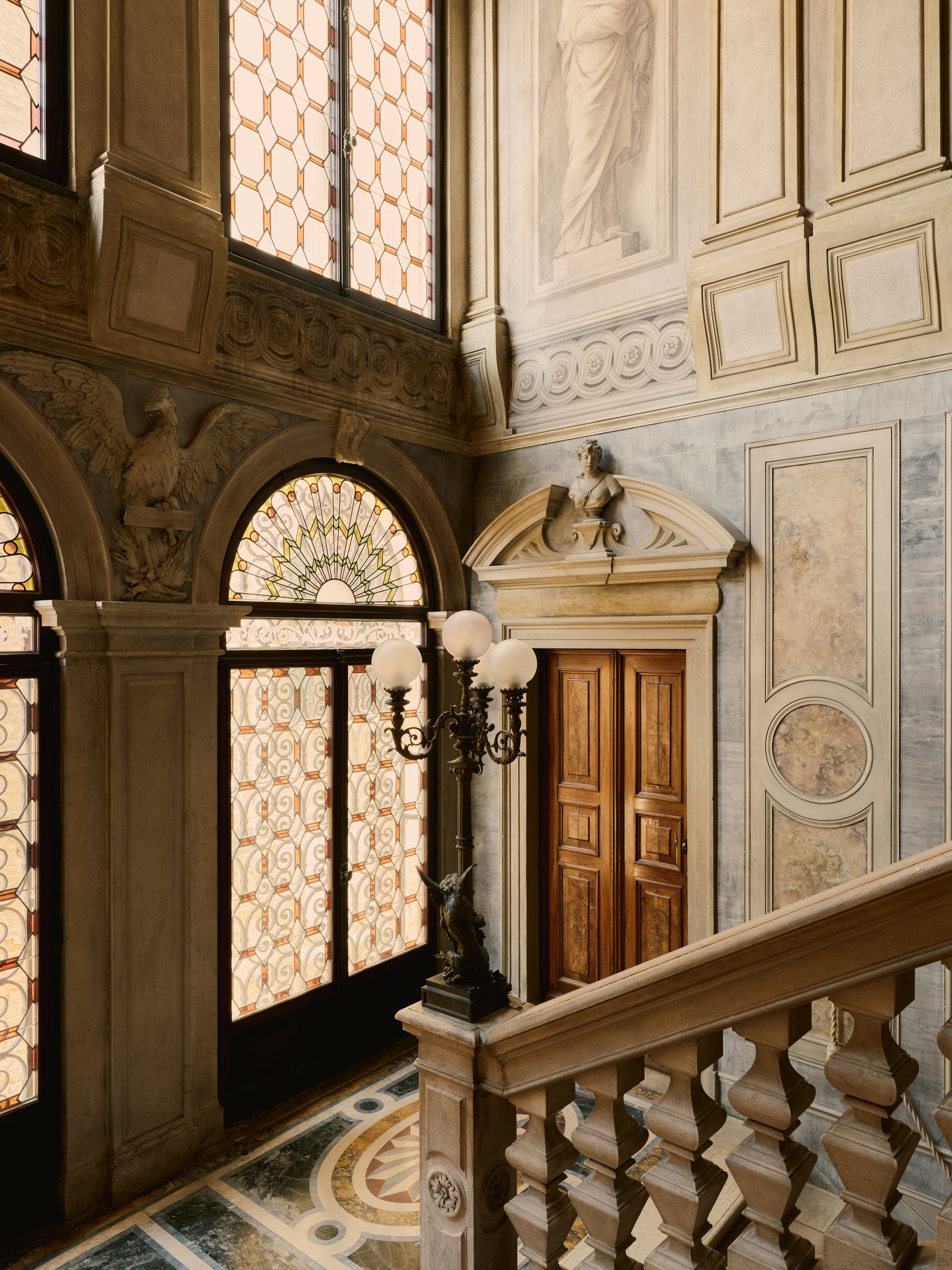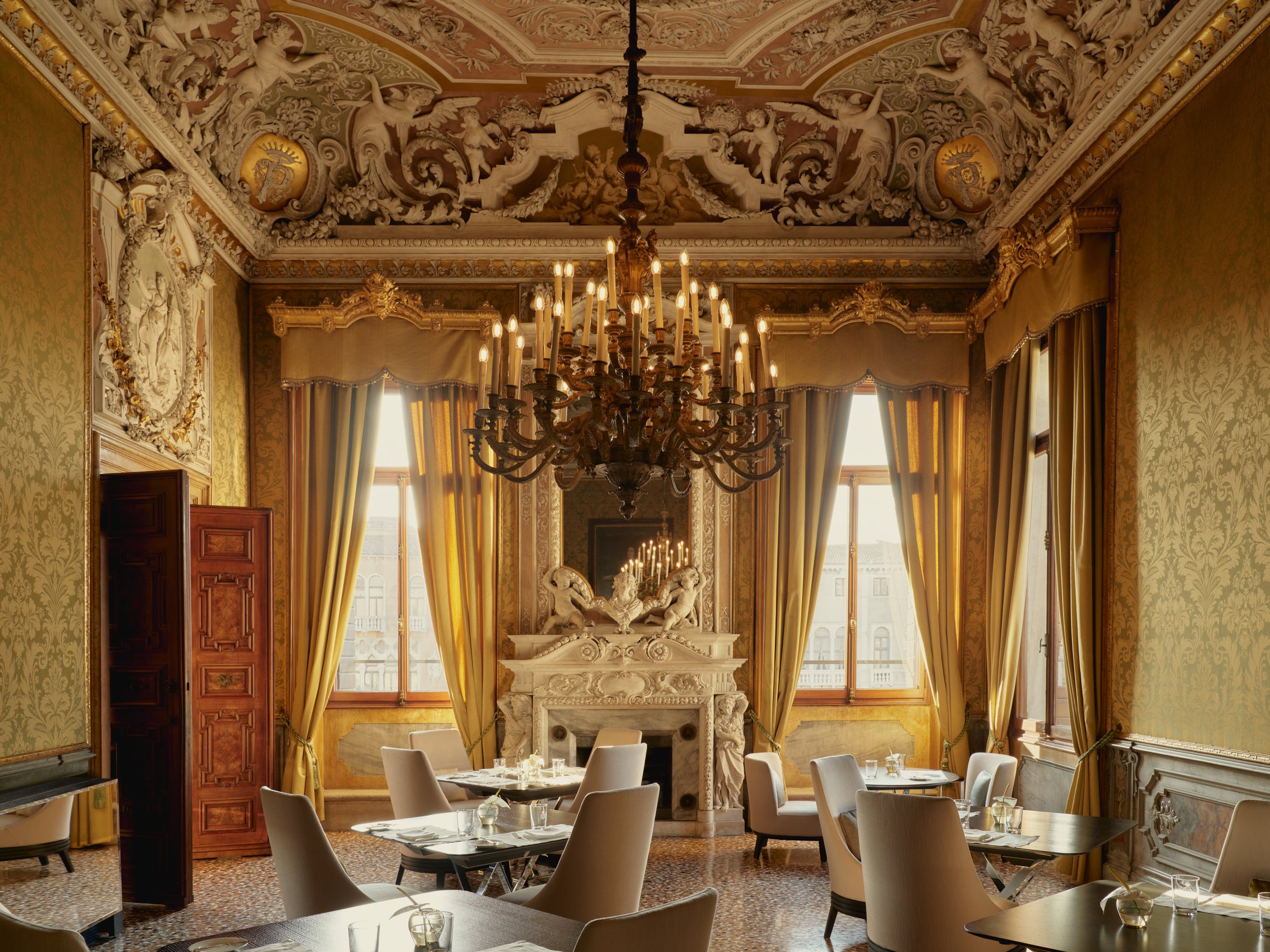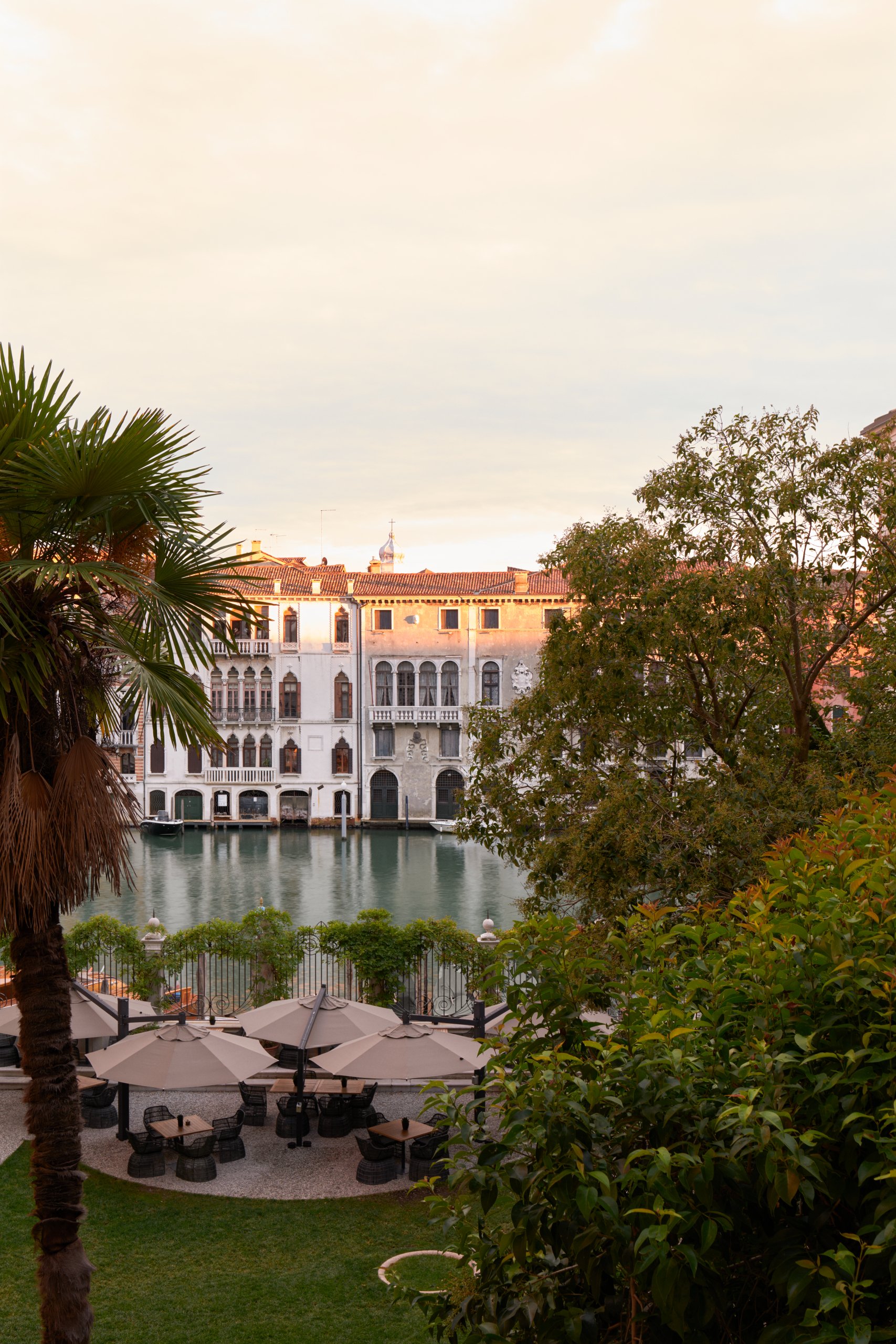Another Venice
Venice is for sure the city that has welcomed the most writers and artists: Dante, Shakespeare, Casanova, Voltaire, Byron, Goethe, Hugo, Wagner, Balzac, George Sand and Musset, Nietzsche, Proust, Sartre, Cocteau, Giono, Hemingway, Thomas Mann, Joseph Brodsky... The list never ends.
Built on a lagoon and marshlands, at the cost of several developments and a constant battle against the waters, from the 9th to the 15th century, Venice was the most important trading place in the Mediterranean. The city then became Europe's largest concentration of workers. The City of the Doges became a republic of wealthy merchants and shipowners as it came into contact with Byzantine, Muslim and Christian civilizations. Today, the city lives on the glory of its prestigious past. With less than 50 000 inhabitants, Venice welcomes more than 30 million tourists every year.
Le Grand Canal, image courtesy of Aman
You can always find a new way to rediscover the city. For example, with Joseph Brodsky, in Winter or with Jean-Paul Kauffmann by uncovering its secrets. Two writers who, at first glance, seem to have nothing in common.
Joseph Brodsky (1940-1996) was a Russian poet. He won the Nobel Prize for Literature in 1987, was expelled from the USSR in 1972, became an American citizen in 1977 and is buried on the island of San Michele. In Watermark, he recounts his winter days in Venice in just over 100 pages. As a man of the North, he rediscovers the smell of icy seaweed, the mists of the Baltic and the winding canals of his native St. Petersburg. The construction of this book is punctuated by reverie, the lapping of water, visual and olfactory sensations, meditations. Brodsky dreamt of the city before his exile, using images, objects and music: postcards, a miniature copper gondola, Bach's Venetian, Visconti's Death in Venice. When he settled in the United States, he used his first savings to make his dream come true: he spent seventeen Christmases in Venice.
In Venise à double tour, Jean-Paul Kauffmann takes an unusual look at the city. Born in Mayenne in 1944, Jean-Paul Kauffmann was a journalist who spent three years as a hostage in Lebanon in the 1980s. Confinement is a recurring theme in his work. Settled for several months in a Giudecca apartment with his wife, he explores the secrets of closed churches. His quest takes us to the secret corners of the Serenissima, his book is an investigation. "In this early autumn, the air is so soft, the light, as always here, sensual and indefinable, a brilliance so delicate and carnal that, to get out of trouble, one can only refer to the colors of the great painters of Venice..."
An exciting way to rediscover the city is to follow the masterpieces of a genius through its sestiere (districts). Jacopo Robusti, (1518-1594) "the little dyer, Il Tintoretto" recalls his modest origins. By dint of his cunning and rapid pictorial execution, Tintoretto rose to the forefront of the Venetian artistic scene. An ambitious painter influenced by Titian and Michelangelo, he ensured the transition between the Renaissance and the Baroque. He placed the humble in the midst of the great Catholic mysteries. In his often gigantic frescoes, the torsion of bodies contrasting with the nobility of often serene faces made him a Mannerist painter.
If your journey begins in Piazza San Marco, you'll marvel at the rooms of the Doge's Palace: The Paradise, a gigantic canvas measuring 7.45 m / 24.65 m, was completed by the painter two years before his death. The walk then continues to the Accademia in Dorsoduro, where you can admire The Presentation of Jesus in the Temple and The Temptation of Adam and Eve. A few steps further on is the church of Santa Maria della Salute, whose sacristy houses The Marriage at Cana.
Take the vaporetto to the islet of San Giorgio Maggiore, where Andrea Palladio-designed basilica features a choir decorated with Tintoretto's Last Supper and Harvest of the Manna. Then take the vaporetto back to San Toma to stroll through the San Polo district. The Scuole Grande di San Rocco, a religious brotherhood dedicated to charity, contains 65 frescoes by Tintoretto illustrating the Old and New Testaments. Here, in 1564, the artist embarked on the great pictorial adventure of his life, which lasted almost 25 years. A few steps towards the Rialto through the narrow streets of San Polo bring us to the church of San Cassiano, a familiar quarter of the painter's home, where his first studio was located. The Crucifixion (1568) is one of his most remarkable works. To avoid the crowds at the Rialto, we can take the traghetto (cab gondola crossing of the Grand Canal) at the marketplace and then stroll to the north of Venice towards the Fondamente Nove in the Cannaregio, our favorite district.
The Gesuiti church contains another treasure: The Martyrdom of Saint Lawrence. And finally, very close to the Fondamente dei Mori, where the artist's home still stands, is the church of the Madonna dell'orto, where he is buried alongside his children, Marietta, whom he adored, and Domenico, who worked with him and outlived him. The Adoration of the Golden Calf and the Last Judgment face each other on either side of the altar. The Presentation of the Virgin in the Temple: Mary climbs the staircase decorated in fine gold, fifteen steps that structure this spiral painting. From San Marco to Cannaregio, Tintoretto's quest offers an unusual tour of the Serenissima.
image courtesy of Aman
Where to stay? AMAN VENICE. Aman Venice occupies the Palazzo Papadopoli, one of the city's eight palaces. This Venetian palace blends the extravagance of rococo artwork with the contemporary sobriety of interiors designed by architect Jean-Michel Gathy. A sumptuous refined property. Nothing to add.
A souvenir? A pair of Venetian PIEDATERRE ballerinas. Made in Italy since 1952, these ballerinas allow you to walk 20,000 steps a day! Available in every color and material, a little Venetian gem to take home.
Not to be missed? Lunch at Cipriani and a stroll through La Giudecca.


